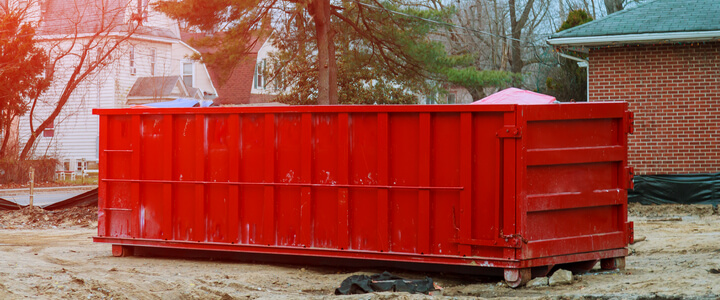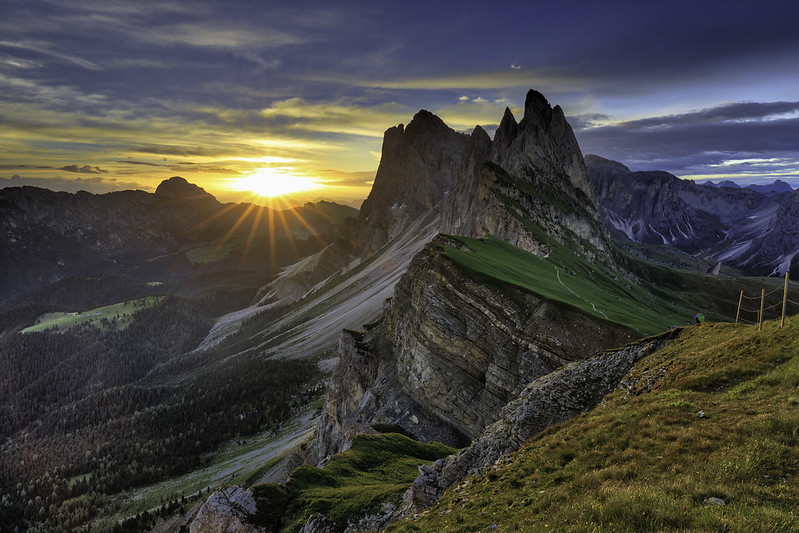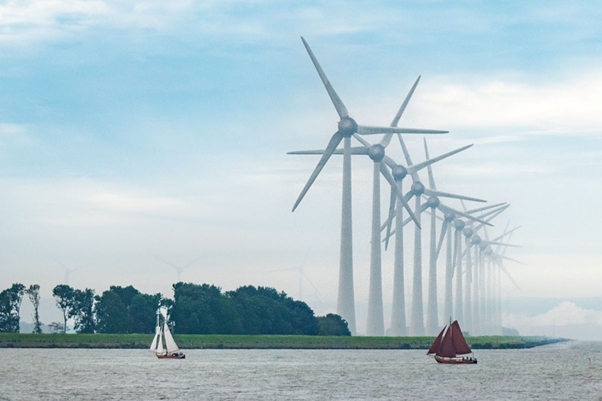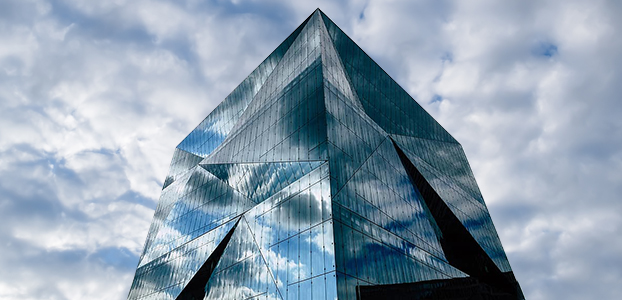EPA Halts Environmental Laws Due to Coronavirus: What Are the Risks?
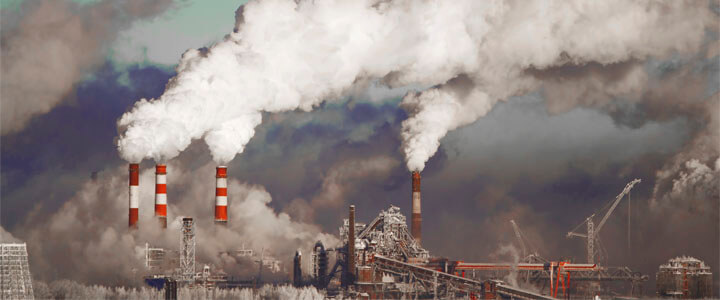
Last month, the EPA announced that it would be exercising discretion around enforcement of certain environmental regulations during the coronavirus outbreak.
The move was likely intended to take pressure off facilities — medical waste generators, like hospitals, as well as municipal waste facilities and water treatment plants — there are struggling to keep up during the current crisis. However, the rule change has been criticised as giving a free pass to industries that want to pollute without EPA oversight.
Below, we’ll break down the major changes the EPA has made, how long they’re slated to last and what experts are saying about the potential impacts.
EPA Relaxes Environmental Regulations During COVID Crisis
The move came after major industries regulated by the EPA, like the oil industry and waste and recycling sector, asked the Trump administration for regulatory relief in light of the coronavirus outbreak.
The rule change effectively allows all facilities regulated by the EPA under the Clean Water and Air Act to self-regulate. While the order is in place, these places do not need to comply with existing environmental regulations if they’re not ‘reasonably practical’ due to COVID-19. Affected facilities are also required to document and date each instance of noncompliance and note the reason.
The move may take some pressure off medical facilities that are classified as hazardous waste generators and regulated under the Resource Conservation and Recovery Act (RCRA). Typically, these places need to move any generated waste off-site within a certain timeframe, or they’ll be subject to punishment.
The sudden surge in medical waste caused by the coronavirus outbreak has put a serious strain on the waste management processes at many health care facilities. This has made it difficult for hospitals to efficiently use resources like energy, or properly transport contaminated medical waste off-site.
Environmental Experts Criticise EPA Decision
The EPA memorandum, which was published in late March, retroactively went into effect on March 13 and has no expiration date. The EPA also plans to stop monitoring while the rule change is in place, meaning we also won’t have data on what kind of impact the change has made.
The move has angered many former EPA staffers, who see the rule change as an effective dereliction of duty by the EPA. Gina McCarthy, Obama’s EPA administrator, stated in a press release that the rule change is ‘an open license to pollute‘. Cynthia Giles, Obama’s associate EPA administrator, echoed McCarthy’s statements, telling The Hill that the memo was ‘essentially a nationwide waiver of environmental rules for the indefinite future’.
The EPA also didn’t provide a public comment period for this rule change, as is typical. Scientists and concerned citizens didn’t have a chance to weigh in on potential risks of the new policy.
What the EPA’s Decision Will Mean for the Environment
Because the decision is intended to last through the current outbreak, it’s not likely that normal enforcement will resume any time soon. For the foreseeable future, industries regulated under the Clean Water and Clean Air act will be free to self-regulate, and the EPA will put a pause on its monitoring programs.
There’s no real precedent for this kind of decision, so it’s hard to know how the rule change will impact the environment. Critics believe the relaxed regulations will enable industries to pollute freely. While this isn’t guaranteed, there isn’t much stopping companies from effectively regulating themselves.
Author Bio
Jenna Tsui is an environmental and tech journalist who co-owns The Byte Beat blog. She writes about the latest news in sustainability, disruptive tech, environmental science and more. Check out her work on TBB or follow her on Twitter @jenna_tsui

